
How I Create Art
I notice that people often talk about the creative process as though it’s a lightning strike of visionary inspiration. For me it’s more like a daily process of curiously noticing everything that comes my way. When I’m paying attention to the details eventually a few of life’s seemingly random dots start to connect up into an insight or idea. A significant aspect of my creative process involves learning something new. I love learning almost anything new, with the exception of math.
While the first part of creativity is simply my way of living life, the next part is more focused on an outcome. I research my topic. I sit down with a cup of coffee and all of my Hawaiiana and botany books. Usually I’ll spend some time hanging out with our friend google, and often I reach out to botanists for information. Jen Lawson, a botanist and Executive Director of the Waikoloa Dry Forest Initiative (waikoloadryforest.org) is one of my favorite go-to experts for info on plants.
At this point, I’m very focused inside myself finding the story. As I gather more information and it melds with my insight and idea, the storyline of the image begins to form.
The next part is sketching. For me, and many artists, there is great joy, and also tension in this part of the process. A blank sheet of paper is scary! I have to stay in the moment and not expect to come up with a final sketch. I use a daily productivity planner to keep me on task with my work, but never, never will you see an entry like “finish coral reef sketch” in my “do list”.
When I’m sketching an image I’m mostly focused on creating a beautiful composition and thinking about what to include or exclude. I’ve learned to keep returning to the sketch no matter what roadblocks seems to arise.
For me creativity is quite simply about paying attention, receiving the idea and then nose to the grindstone working out the details. Your process will be uniquely your own. If you are learning to cultivate your creative process, I’d suggest noticing your own natural way of learning and taking in inspiration. Notice your emotions, your thought processes and how you feel in your body. And then build on those habits and strengths until you began to experience a natural and more structured pathway to joyful creative expression.

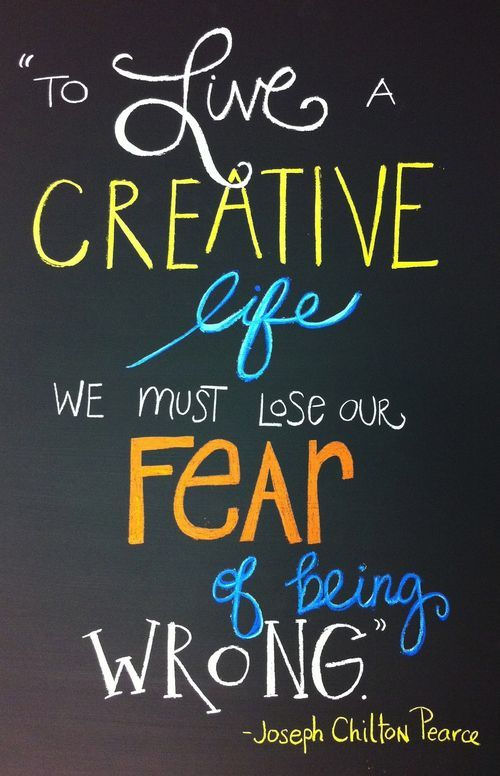
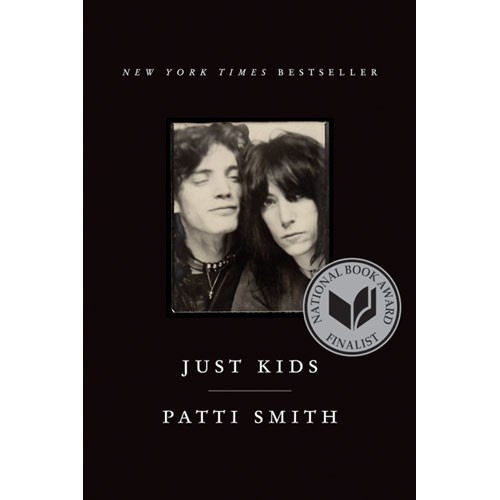
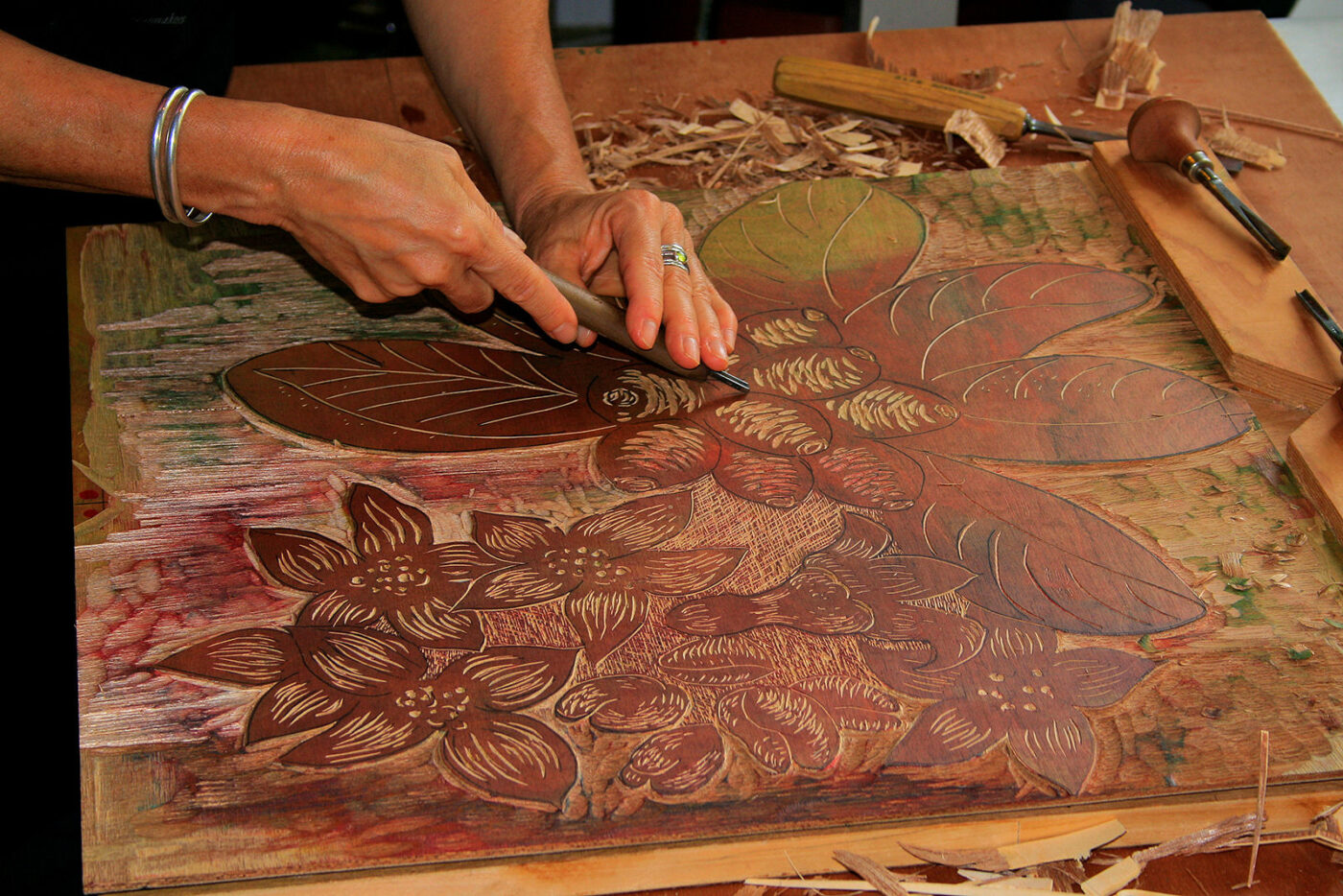
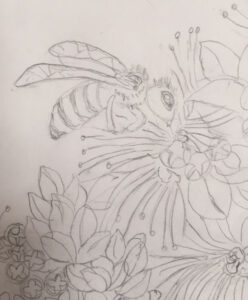


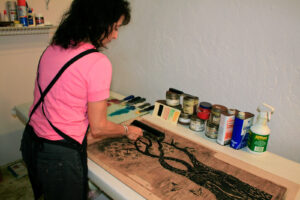
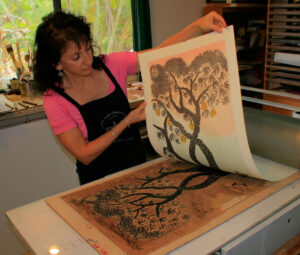
 Sign up for my email list now and receive this greeting card download to print/share with your friends and family.
Sign up for my email list now and receive this greeting card download to print/share with your friends and family.